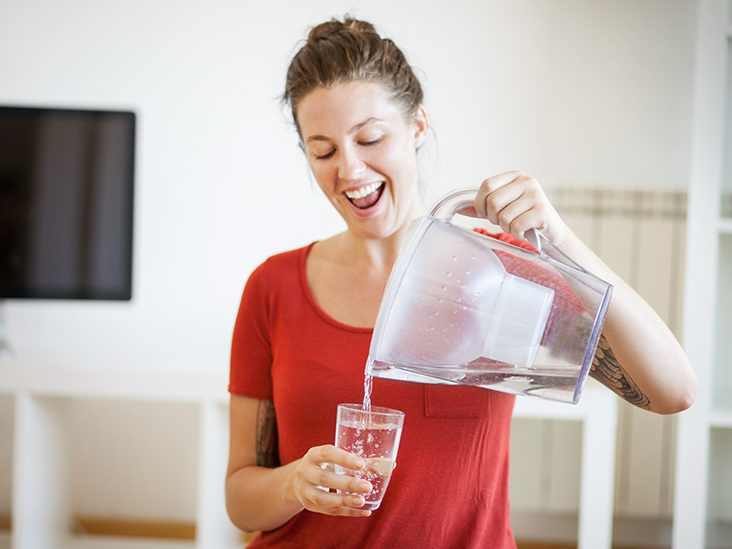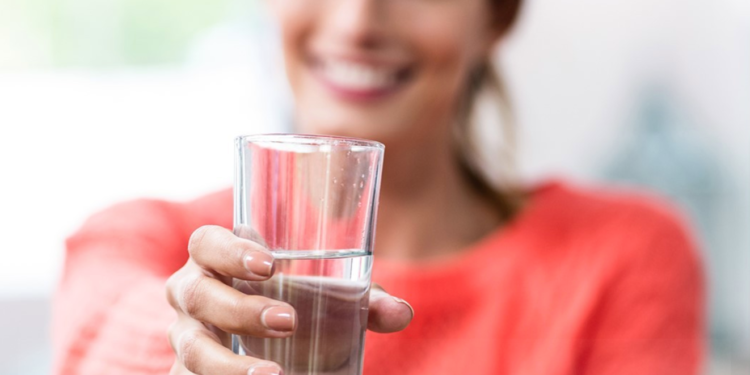Introduction
You probably know about Brita if you have any knowledge about water pitcher filters. Brita has been in business for more than 50 years and has earned a reputation as somewhat of a household name in the US among families seeking an easy method to get everyday access to clean drinking water.
But when it comes to straightforward water filtering, Brita is by no means the sole choice. Numerous companies compete directly with Brita and, in some cases, provide even more benefits than any other filter on the market, each touting special advantages for water filtration. One of these filters is the Aquagear water filtration pitcher. Let’s take a look at the comparison of Brita vs Aquagear water filters below.
Filter Comparison
Brita
Brita pitchers utilize either the LongLast filter or the Standard filter from Brita. The Standard filter filters water in around 10 minutes and lasts for two months. It has many stages of water filtration, passing water first through an integrated mesh screen to keep out black carbon flecks and then through an activated carbon medium to remove pollutants including chlorine, taste and odor, and mercury via absorption. Additionally, there is an ion exchange resin that lowers the levels of cadmium, copper, and zinc in drinking water.
The Brita LongLast water filter performs nearly identically but lasts for an additional 4 months, for a total of 6 months. These filters stand out from Brita’s normal filters because they are blue rather than white. They lessen water pollutants including lead, cadmium, and asbestos by using active proprietary filtering agents and a pleated patented medium.
Aquagear
One water filter, the 150-gallon replacement filter, which effectively removes contaminants for six months, is included with the Aquagear pitcher. This filter is smaller than Brita’s and is white in color. But in terms of construction, it employs a similar filter medium: activated carbon from coconut shells. This media, too, uses adsorption to lessen contaminants like lead and chlorine.
The Aquagear water filter uses ion exchange components, just as the regular Brita filter. What distinguishes Aquagear from its rivals, including Brita, is its wide spectrum of pollutant removal.
Contaminants that they can remove
Even while Aquagear promises to remove “2,000 percent more impurities than the top pitcher,” Brita is well renowned for its comprehensive, efficient contaminant removal (which I can assume is Brita).
Both filters eliminate typical pollutants like lead, chlorine, and other impurities, but Aquagear goes one step further by eliminating pesticides, herbicides, and new contaminants. As of June 5, 2021, the Aquagear water filter pitcher will no longer be able to remove fluoride. It now eliminates PFAS.
Comparing their performances
Brita
NSF has approved Brita’s Standard water filters for NSF 42 and NSF 53, for the removal of chlorine and taste, as well as for particle reduction. This is quite typical of what you might anticipate from any available water filter pitcher; nevertheless, Brita is one of the companies that has been doing it the longest and has had a long-standing positive reputation for its dependable performance.

If we were to consider solely performance over lifespan, it would be clear that the LongLast filter stands out among the other Brita filters. The key selling feature of Brita is that it offers complete water filtration for a full 6 months, whilst most other water filters struggle to continue operating well beyond 2 months.
Aquagear
An important selling feature for Aquagear is its rigorous filtration, and the filter’s performance in terms of pollutant removal is flawless. When comparing the Aquagear and Brita water filters, Aquagear does remove more impurities, such as fluoride, which can interest you if you’re seeking the most complete impurity removal.
Depending on the quality of your drinking water and how old the filter is, it may take the Aquagear pitcher filters 5 to 15 minutes to thoroughly filter water. You’ll need to be patient while filling the pitcher because some consumers reported that filtering takes even longer than this. Once more, you would anticipate that a pitcher filter would take this long to filter your water since this indicates that the water isn’t just passing through the filter media without being properly filtered.
Models and Initial Cost
Brita
There are several varieties and designs of the Brita filter. Currently, there are 15 different varieties of Brita pitcher filters available, with sizes and colors to fit every desire. Additionally, they are all BPA-free, which is a plus but is now standard for everything related to water filtration.
Pitcher prices range from $20 to $45, depending on the size you choose. Although filters come in a variety of sizes and shapes, you may use most of them with any Brita filter, whether you pick the Standard, Stream, or LongLast option.
Aquagear
Only one pitcher type, the basic clear, white, and blue BPA-free design that holds eight cups of water, is available from Aquagear. This does restrict Aquagear considerably in comparison to Brita, since Brita has a little higher level of appeal because of its good array of aesthetic and filter options.
With that stated, the Aquagear water filter pitcher will serve you just fine if you’re looking for a simple drinking water filter pitcher that performs its job quite well. Most small-to-medium families would find it to be the perfect size, and the style is straightforward enough to go in with most contemporary kitchens.
Final Verdict
In the end, pitcher filters from Brita and Aquagear both have a lot going for them and are unquestionably worthwhile investments for various reasons. Both are NSF certified for Standards 43 and 54 to support their marketing claims, remove a wide spectrum of pollutants, and have appealing designs. You really can’t go wrong with your selection of the water pitcher filters offered here, whichever one you choose.






